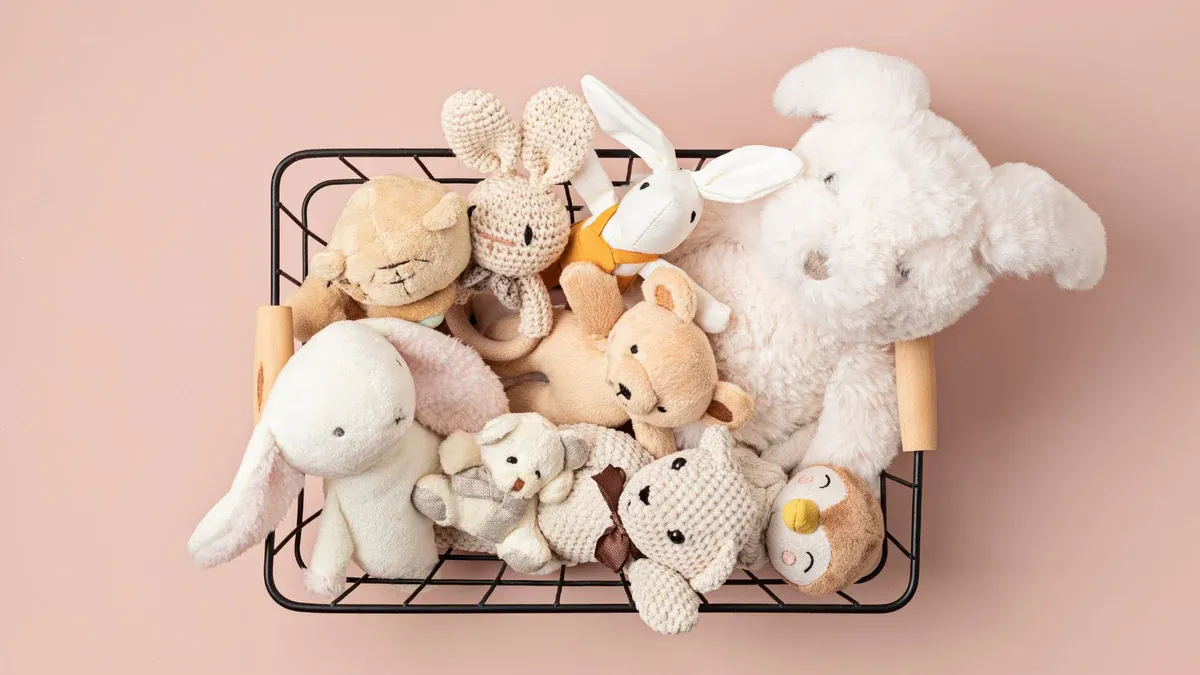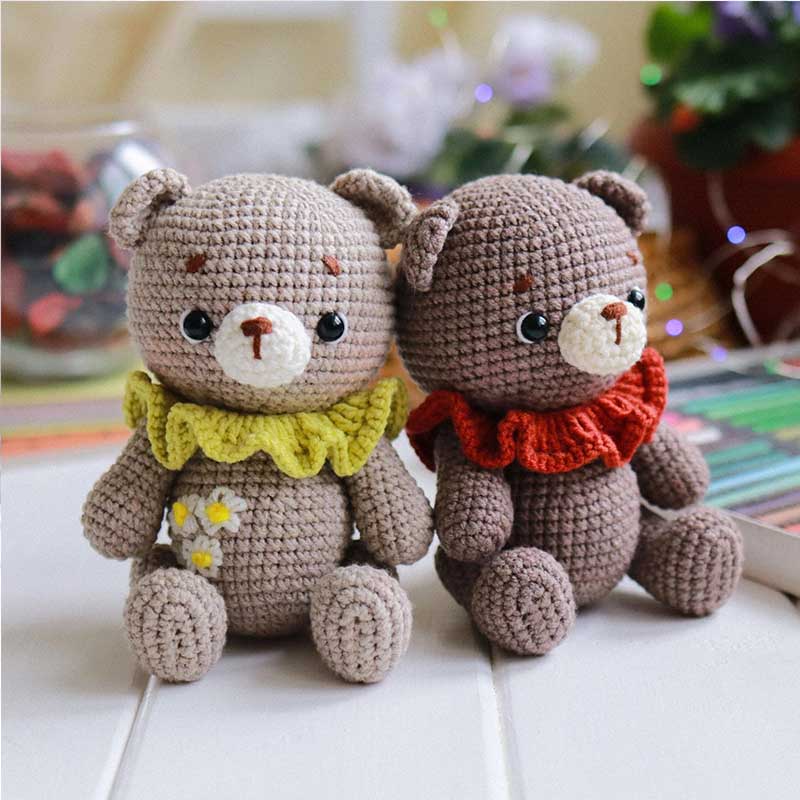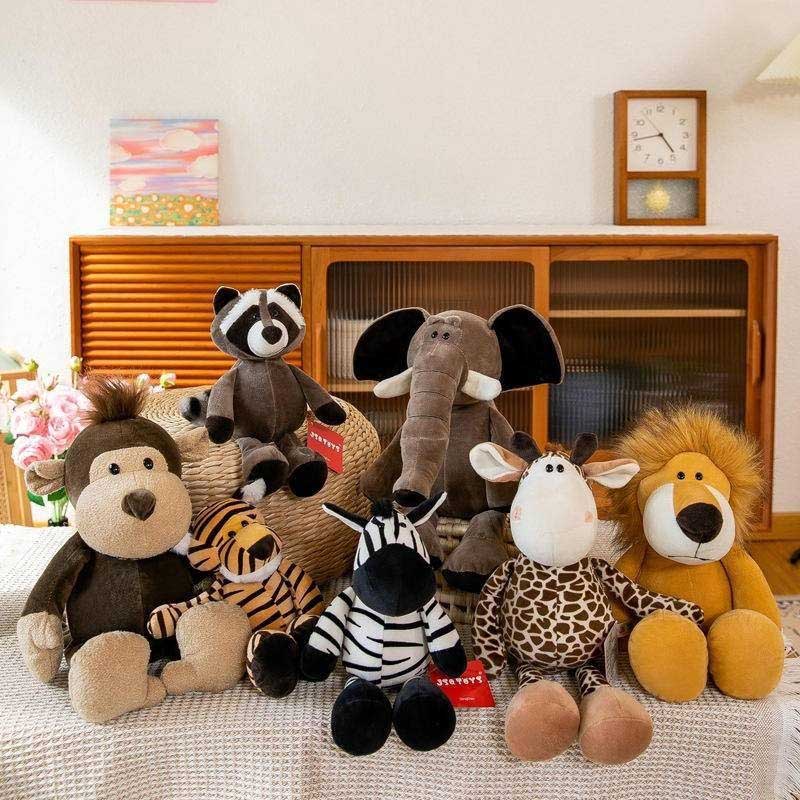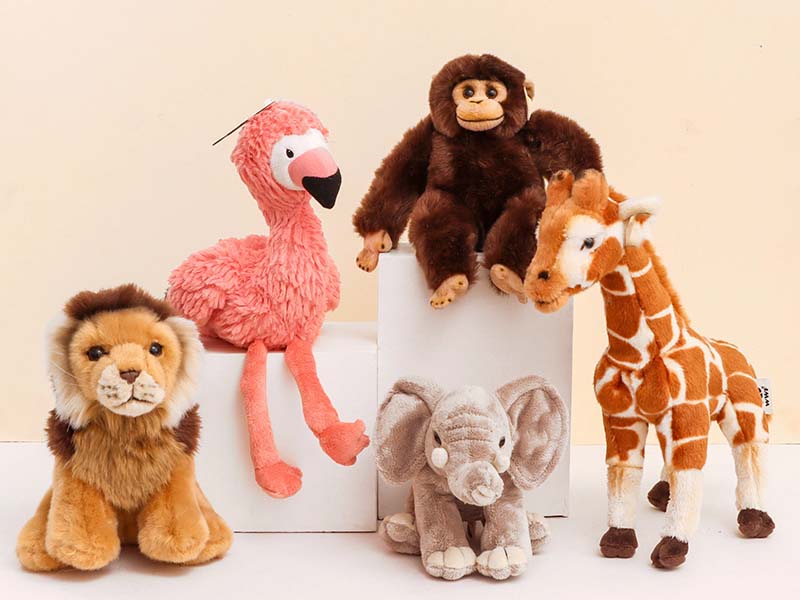Soft toys have always played an important role in childhood memories, retail businesses, and even promotional campaigns. Yet many buyers and retailers often wonder about the real difference between a plush toy and a stuffed toy. While the two terms are sometimes used interchangeably, they are not exactly the same. Understanding their differences can help you make smarter sourcing decisions, choose the right product for your market, and reduce misunderstandings when working with suppliers.
1. What Is the Core Difference Between Plush and Stuffed Toys?

When people talk about plush toys and stuffed toys, they often believe they mean the same thing. However, there is a clear difference in how the words are used in the toy industry. A stuffed toy is the general category that includes any toy made by sewing fabric and filling it with material such as cotton, foam, or polyester fiber. A plush toy is a specific type of stuffed toy made with extra-soft fabric, usually with a velvety or furry surface, which creates a more premium and cuddly feel.
This distinction matters because plush toys are often targeted at children and gift markets, while stuffed toys can also include harder or more decorative toys. For example, a stuffed toy might use canvas or felt for its body, while a plush toy always focuses on softness and texture.
| Category | Plush Toy | Stuffed Toy |
| Definition | A type of stuffed toy with soft, furry fabric | General category for all fabric-filled toys |
| Texture | Very soft, velvety, furry surface | Can be soft, rough, or stiff |
| Market Use | Children, collectors, gifts, retail | Wider range: toys, mascots, décor |
Understanding this difference helps buyers match the right toy to the right purpose. Plush is always about softness, while stuffed covers the entire spectrum of filled toys.
2. How Do Material Choices Distinguish Plush from General Stuffed Toys?

The fabric and filling are the main features that make plush toys stand out. Plush toys typically use velboa, minky, or high-pile plush fabrics to ensure a soft touch. These fabrics are specially made to be smooth, fluffy, and safe for children’s skin. In contrast, stuffed toys may use a much wider range of materials such as cotton blends, felt, linen, or even synthetic canvas depending on the target market.
The filling also makes a difference. Plush toys usually contain polyester fiber (PP cotton) or hypoallergenic fillings that make them squeezable and huggable. Other stuffed toys, especially decorative or lower-cost options, may use recycled textile scraps, foam, or beads. These can make them firmer or less soft compared to plush.
| Aspect | Plush Toys | Stuffed Toys |
| Fabric | Velboa, minky, faux fur, fleece | Felt, cotton, polyester blends, canvas |
| Filling | PP cotton, hypoallergenic fiber | PP cotton, beads, foam, textile waste |
| Feel | Always soft, cuddly, fluffy | Can be soft or firm |
| Durability | Medium, focused on comfort | Can be stronger, depending on fabric |
By focusing on fabrics and fillings, buyers can better understand why plush toys are often more suitable for children and gifts, while general stuffed toys may serve broader or budget-friendly purposes.
3. Which Manufacturing Techniques Are Common in Plush vs. Stuffed Toy Production?

Both plush and stuffed toys go through cutting, sewing, filling, and finishing, but the manufacturing focus is different. Plush toys require delicate stitching to handle soft, thick fabrics, and the finishing must be neat to maintain the toy’s smooth and cuddly appearance. They often include embroidery for eyes, nose, and details to make them safe for children.
Stuffed toys, on the other hand, may allow for simpler or stronger sewing methods, especially if the material is canvas or felt. They might also include printed fabrics, plastic eyes, or even internal frames for decorative or mascot purposes. Plush toys tend to demand more detailed work in shaping and fabric handling, while stuffed toys provide greater flexibility in technique depending on purpose.
| Step | Plush Toy Production | Stuffed Toy Production |
| Cutting | Soft fabrics, requires precision | Can use stiffer fabrics, easier cutting |
| Sewing | Fine stitching for fluffy edges | Standard or reinforced stitching |
| Detailing | Embroidery, safe fabric features | Embroidery or plastic parts |
| Filling | Polyester fiber, soft stuffing | Fiber, foam, beads, or scrap textiles |
For brands, this means plush toys usually need more controlled production and higher labor costs, while stuffed toys can be adapted for both premium and budget markets.
4. How Do Market Perceptions and Uses Vary Between Plush and Stuffed Toys?

Market perception strongly shapes how buyers choose between plush and stuffed toys. Plush toys are widely seen as premium, emotional, and gift-oriented. They are associated with children’s comfort, collectibles, and promotional products where softness is a selling point.
Stuffed toys, however, cover a broader range. They can be plush, but they also include mascots, decorative items, and promotional toys that don’t necessarily need to be super soft. For example, a sports team mascot made with felt or canvas is a stuffed toy but not a plush. Plush toys have higher demand in baby, children, and gift retail sectors, while stuffed toys serve both mass markets and niche promotional campaigns.
| Feature | Plush Toys | Stuffed Toys |
| Consumer Perception | Premium, emotional, cuddly | General, wide utility, can be basic |
| Key Markets | Children, gift shops, online retail | Toys, décor, mascots, promotions |
| Price Range | Mid to high | Low to high (more flexible) |
| Emotional Value | Strong, bonding, comfort | Varies depending on material and design |
This means if your business is targeting gifts, children, or lifestyle brands, plush is often the best choice. For mass campaigns or lower-cost projects, stuffed toys may be more efficient.
5. What Role Do Safety Standards and Certifications Play in Both Categories?

Safety is critical in both plush and stuffed toys, especially when they are sold in international markets. Plush toys often need to meet CE, ASTM, and EN71 certifications to ensure they are safe for children. This includes rules about choking hazards, chemical safety, and fire resistance. Plush toys normally avoid plastic parts and use embroidered or securely attached features for safety.
Stuffed toys that are decorative or for promotional use may not always require such strict child-safety certifications, depending on the target market. However, if they are marketed to children, they must follow the same international safety standards. Buyers need to check with suppliers whether toys meet the required testing standards for their region.
| Certification | Plush Toys | Stuffed Toys |
| CE (Europe) | Common for children’s plush | Needed if sold as children’s toys |
| ASTM (USA) | Widely required for plush exports | Required for children’s products |
| EN71 | Covers mechanical and chemical tests | Applies to toys for under 14 years old |
| Non-Child Use | Always safe focus | May skip if for décor or mascots |
For businesses, ensuring toys are certified builds trust with buyers and protects your brand. Plush toys almost always need full compliance, while stuffed toys may vary by use.
6. Which Option Is More Suitable for Retailers, Brands, and Promotional Markets?

The choice between plush and stuffed toys depends on your target market and product strategy. Retailers focusing on children, gifts, or lifestyle products usually prefer plush toys because they deliver softness, emotional bonding, and strong sales appeal. Plush toys are also highly customizable for branding, with options like embroidery, logo patches, or unique colors.
Stuffed toys, on the other hand, offer more flexibility for promotional projects, mascots, or bulk orders where cost control is important. They can be produced in simpler fabrics and at lower cost while still meeting the basic function of a toy. For example, a company may use canvas or felt stuffed toys for giveaways, while retailers sell plush toys for direct consumer sales.
| Suitability | Plush Toys | Stuffed Toys |
| Retail Sales | Strong appeal, higher value | Useful for budget or bulk products |
| Branding | Premium, customizable | Flexible, lower-cost branding |
| Promotions | Limited by higher cost | Excellent for giveaways and campaigns |
| Long-Term Value | Emotional, keepsake | Functional, practical |
By aligning product type with your market goal, you can avoid overspending and still deliver the right product to your customers.
Plush toys and stuffed toys share similarities but serve different purposes. Plush toys focus on softness, safety, and emotional value, while stuffed toys cover a wider and more flexible market. For businesses looking to stand out, choosing the right category ensures better market results. At Kinwin, we help brands and retailers design, certify, and produce high-quality plush and stuffed toys that match your needs. Contact us today to discuss your next project and explore how we can create toys that deliver comfort, value, and lasting impact.







